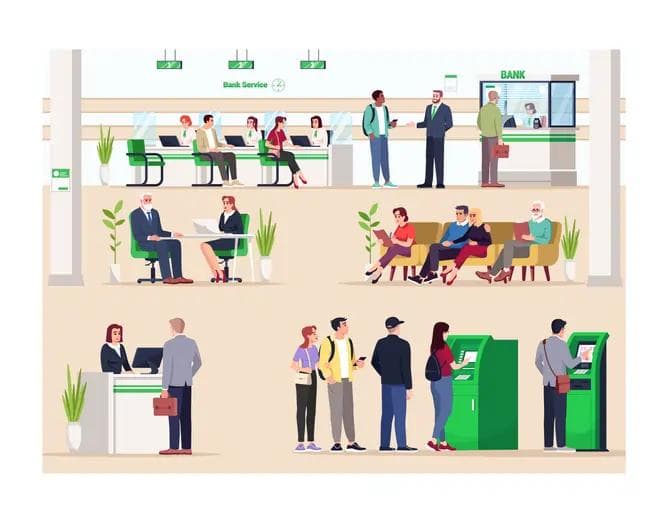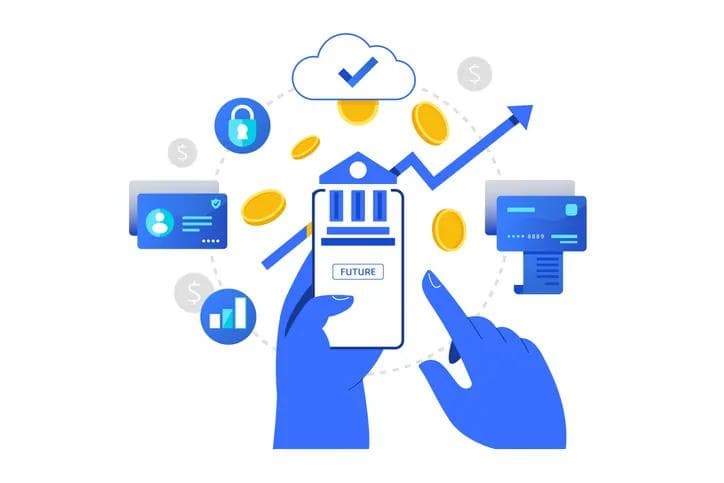BANKS NEED TO REACT TO EVOLVING THREAT OF DDOS ATTACKS
BANKS NEED TO REACT TO EVOLVING THREAT OF DDOS ATTACKS
Published by Gbaf News
Posted on February 19, 2014

Published by Gbaf News
Posted on February 19, 2014


Rik Turner, Senior Analyst, Financial Services Technology OVUM
As DDoS attacks become more varied, banks must start to look at cloud-based security for protection
With politically motivated hacktivists emerging as a new security concern alongside the more traditional hackers seeking financial gain, the nature and scale of DDoS attacks have changed greatly according to Ovum. New research* from the global analysts indicates that banks in 2014 will be caught between massive-scale DDoS attacks from hacktivists and smaller, smarter financially motivated exploits that use DDoS to avoid detection.
Rik Turner, senior analyst, financial services technology Ovum comments: “DDoS attacks have undergone significant evolution over the past year. On the one hand they have grown larger, even while their average individual duration has actually decreased. Attacks the size of those mounted in Operation Ababil [a coordinated series of DDoS assaults on websites of US financial institutions launched in September 2012] are still the outliers rather than the norm.
“However, given the availability of ever larger and cheaper botnets, Operation Ababil points in one direction that DDoS can go. Another is to harness more sophisticated technologies, such as headless browsers, that enable relatively small attacks that are of a shorter duration to go undetected and potentially wreak their own kind of havoc on a bank’s website. Finally we have seen a trend of DDoS attacks being blended into other activities in order to throw banks off the trail of more financially motivated exploits. By employing a DDoS alongside an account hacking attack, the criminals hope to enjoy more time to transfer funds and remove traces of their activities.”
Given the increasing variation, a multilayered approach to DDoS mitigation will become necessary. Part of a bank’s infrastructure can address the more sophisticated, finely targeted attacks with filtering, while another part can address the blunt instrument of a volumetric attack through absorption tactics. Cloud-based security solutions in particular will play a large role in helping banks secure themselves against volumetric DDoS attacks, especially given the high upfront costs involved in adding bandwidth and infrastructure on premise at a time when banking budgets are under intense scrutiny.

Rik Turner, Senior Analyst, Financial Services Technology OVUM
As DDoS attacks become more varied, banks must start to look at cloud-based security for protection
With politically motivated hacktivists emerging as a new security concern alongside the more traditional hackers seeking financial gain, the nature and scale of DDoS attacks have changed greatly according to Ovum. New research* from the global analysts indicates that banks in 2014 will be caught between massive-scale DDoS attacks from hacktivists and smaller, smarter financially motivated exploits that use DDoS to avoid detection.
Rik Turner, senior analyst, financial services technology Ovum comments: “DDoS attacks have undergone significant evolution over the past year. On the one hand they have grown larger, even while their average individual duration has actually decreased. Attacks the size of those mounted in Operation Ababil [a coordinated series of DDoS assaults on websites of US financial institutions launched in September 2012] are still the outliers rather than the norm.
“However, given the availability of ever larger and cheaper botnets, Operation Ababil points in one direction that DDoS can go. Another is to harness more sophisticated technologies, such as headless browsers, that enable relatively small attacks that are of a shorter duration to go undetected and potentially wreak their own kind of havoc on a bank’s website. Finally we have seen a trend of DDoS attacks being blended into other activities in order to throw banks off the trail of more financially motivated exploits. By employing a DDoS alongside an account hacking attack, the criminals hope to enjoy more time to transfer funds and remove traces of their activities.”
Given the increasing variation, a multilayered approach to DDoS mitigation will become necessary. Part of a bank’s infrastructure can address the more sophisticated, finely targeted attacks with filtering, while another part can address the blunt instrument of a volumetric attack through absorption tactics. Cloud-based security solutions in particular will play a large role in helping banks secure themselves against volumetric DDoS attacks, especially given the high upfront costs involved in adding bandwidth and infrastructure on premise at a time when banking budgets are under intense scrutiny.
Explore more articles in the Banking category











